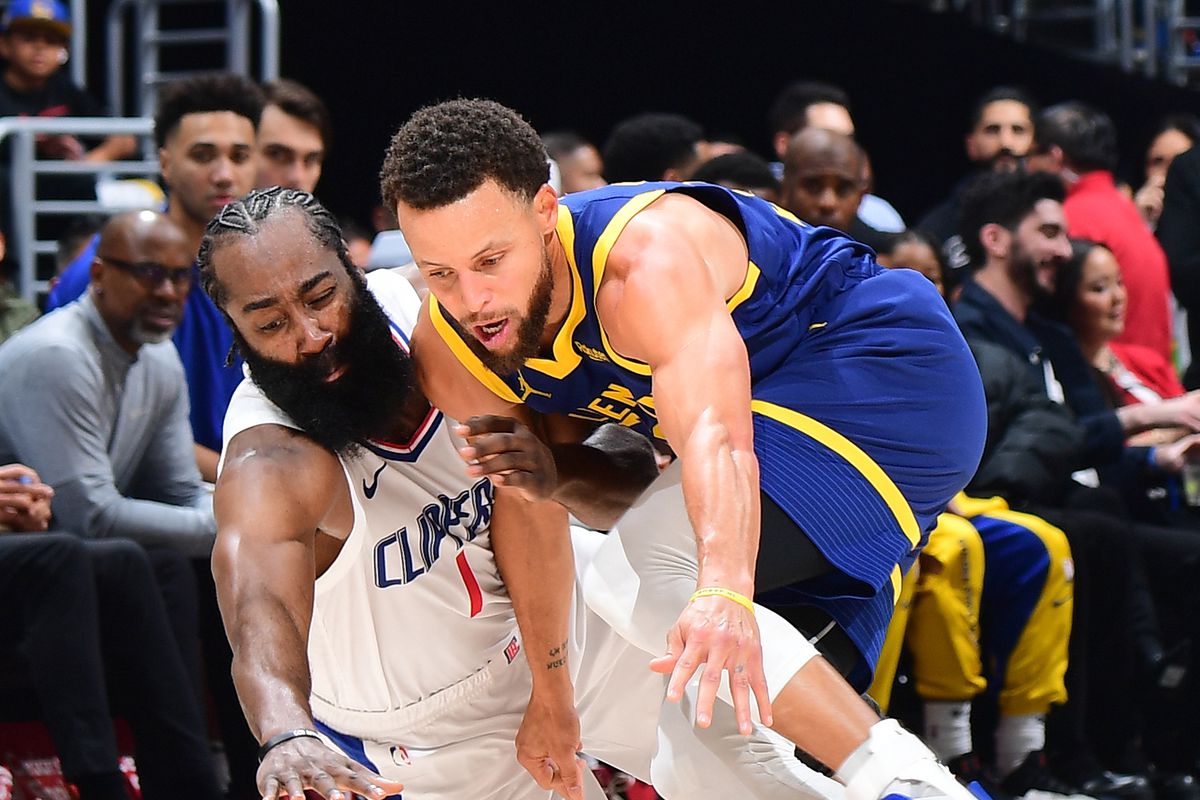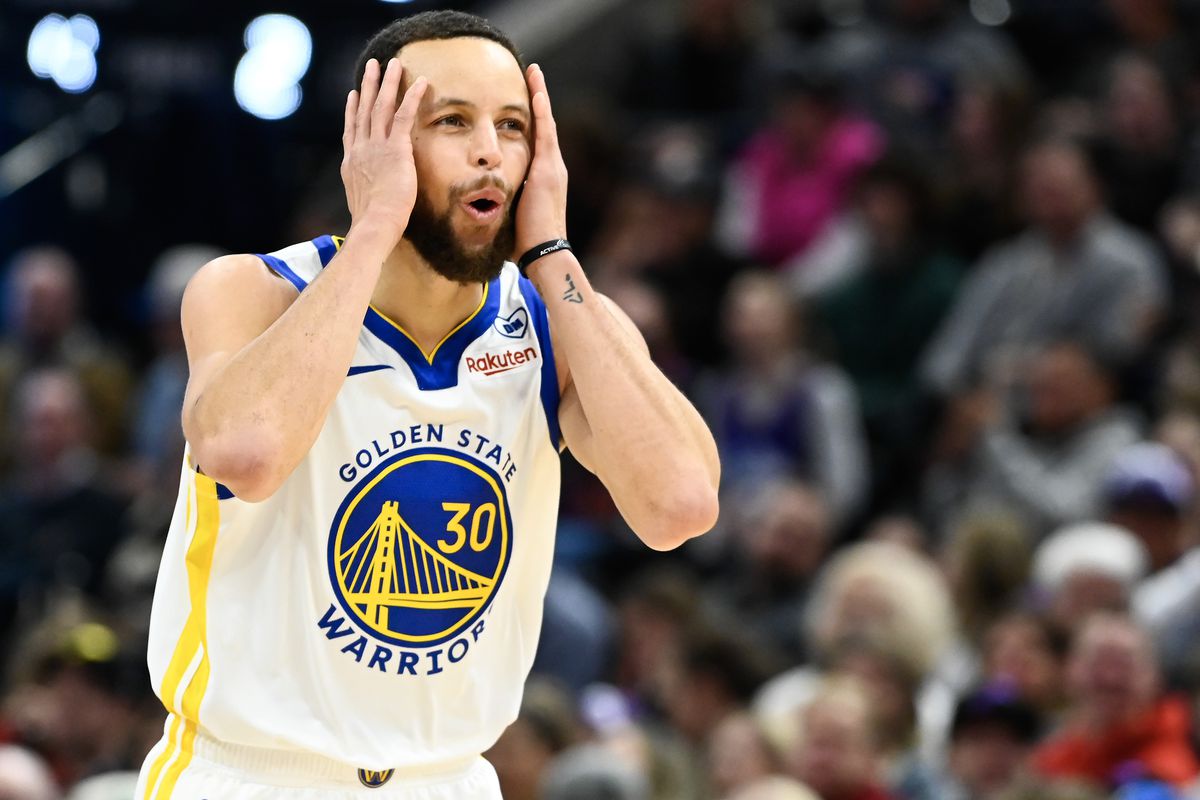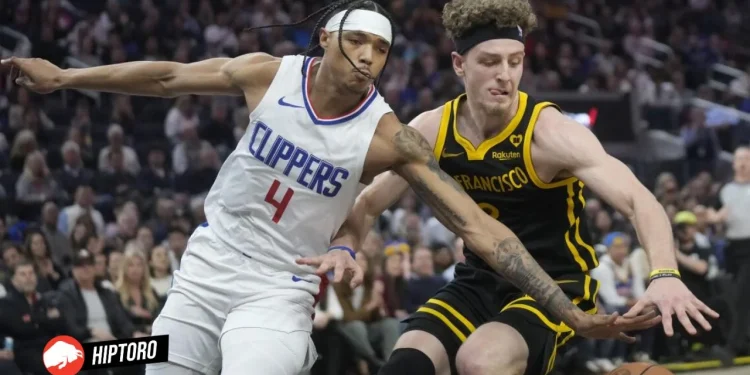In a season fraught with speculation and anticipation, the Golden State Warriors opted for a decidedly low-key approach at the NBA trade deadline, choosing steadiness over splashy moves. This decision, reflective of a team confident in its core yet mindful of its positioning, underscores strategic patience aimed at leveraging the buyout market to refine its roster for the latter half of the season.

The Calculated Standstill
Despite the swirling rumors involving big names like Andrew Wiggins and Chris Paul, the Golden State Warriors’ front office maintained a composed facade, executing a singular trade that saw Cory Joseph depart for the Indiana Pacers in exchange for a second-round pick. This move, albeit marginal, signaled a belief in the team’s existing framework and its potential to ascend in the Western Conference standings.
The Golden State Warriors’ resolve is not without merit. The team has recently shown signs of resurgence, stringing together victories and witnessing key players like Draymond Green and Andrew Wiggins hit their strides. Moreover, the anticipated return of Chris Paul promises to bolster an already formidable lineup, injecting veteran savvy and playmaking prowess into the second unit.
Addressing the Golden State Warriors’ Mid-Season Equation
With the Golden State Warriors perched precariously at a .500 record, the imperative to enhance the roster becomes increasingly apparent. The buyout market, often a treasure trove for contenders looking to add depth and experience, presents itself as a viable avenue for improvement. Among the potential candidates, three stand out as particularly compelling options for Golden State’s specific needs.
STEPH FROM OVER 94 FEET 🤯
via @warriorspic.twitter.com/tFXwmumMNZ
— NBA (@NBA) February 15, 2024
Reviving the Three-Point Arsenal with Joe Harris
Joe Harris, recently waived by the Detroit Pistons, emerges as an intriguing prospect for the Golden State Warriors. Known for his sharpshooting capabilities, Harris’ unfortunate tryst with injuries has temporarily derailed what was once a promising trajectory. However, his proficiency from beyond the arc, underscored by leading the league in 3-point percentage in previous seasons, offers a tantalizing upside for a team perennially in pursuit of spacing and offensive versatility.
Harris’ integration into the Golden State Warriors’ system, predicated on ball movement and perimeter shooting, could catalyze both parties. A low-risk, high-reward acquisition, Harris embodies the archetype of player Golden State has historically thrived with — a seasoned marksman capable of altering the complexion of games through his gravitational pull from deep.

Conclusion: A Quiet Confidence
The Golden State Warriors trade deadline strategy, marked by restraint and strategic foresight, reflects a broader philosophy of incremental improvement and faith in the existing roster’s potential. As the team navigates the post-deadline landscape, its eyes firmly set on the buyout market, the addition of a player like Joe Harris could very well epitomize the astute, under-the-radar maneuvers that have characterized the Golden State Warriors’ approach to team building in the Steve Kerr era.
In the end, the Golden State Warriors’ silence at the trade deadline may speak volumes about their confidence in the current squad and their ability to judiciously augment it through calculated, low-risk gambles. As the season progresses, the efficacy of this strategy will undoubtedly be a focal point of discussion among fans and analysts alike, underscoring the nuanced balance between continuity and adaptability in the quest for NBA supremacy.










